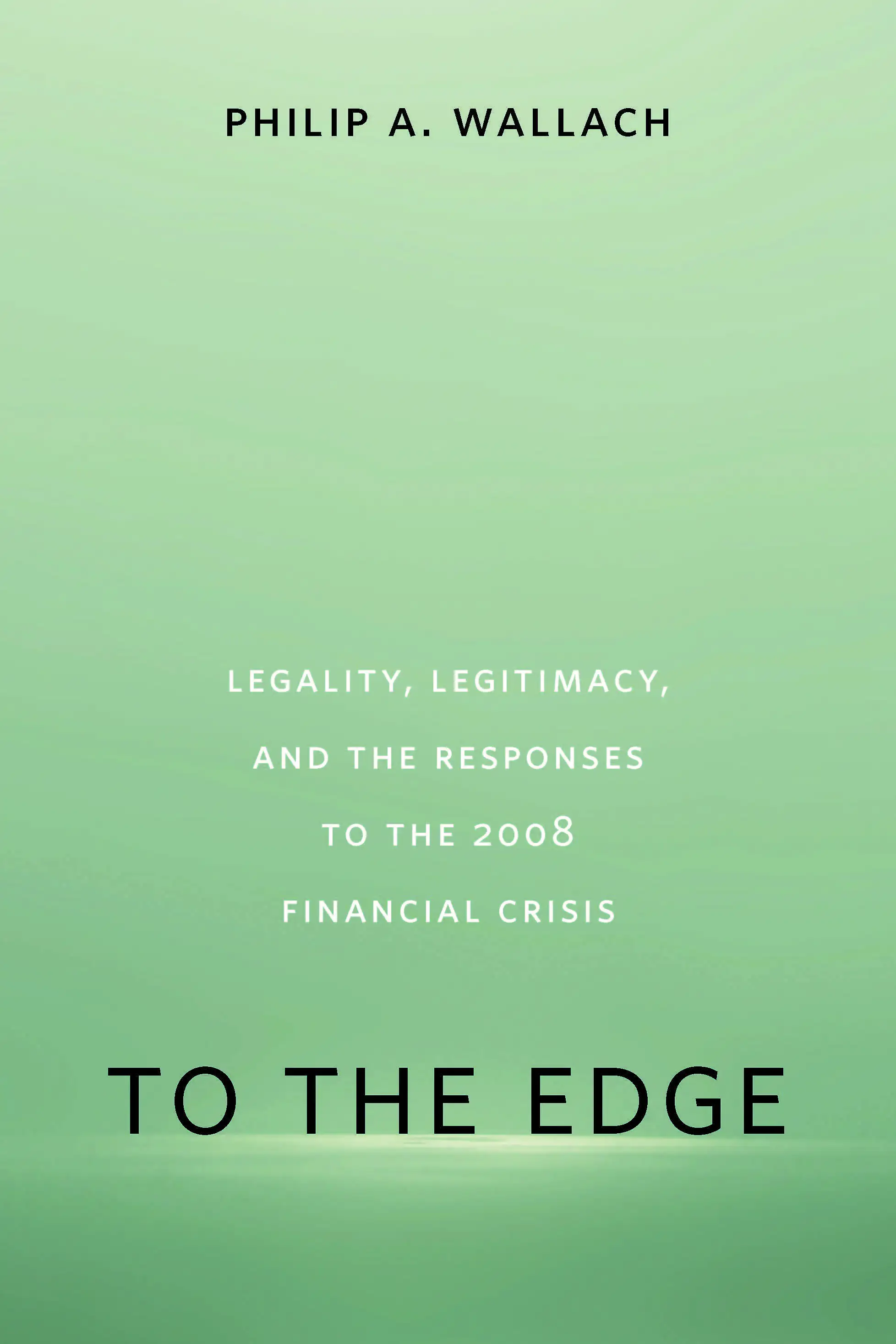MEDIA RELEASE
Federal Credit Programs for Housing, Education Provided as Much Economic Benefit as the Official 2008 Stimulus Did, According to New Brookings Research
Credit subsidies provide substantial bang-for-the-buck; may have helped the housing market as much as Fed interest rate policy—and helped the U.S. recover faster than Europe
Federal credit programs like Fannie Mae, Freddie Mac and students loans, among others, had just as much power to stimulate the economy during the economic recovery as did the program specifically designed to do so—the American Recovery and Reinvestment Act of 2009 (ARRA), according to a new paper presented today at the Brookings Panel on Economic Activity (BPEA). The research raises questions whether the recovery of the housing market benefited more from the loosening of borrowing constraints via federal housing credit programs or by Federal Reserve actions that lowered interest rates.
In “Credit Policy as Fiscal Policy,” MIT economist Deborah Lucas examines the fiscal effects of the over 150 federal credit programs in the U.S. and finds that they yield stimulus in 2010 of roughly $344 billion, similar to the amount the Congressional Budget Office has attributed to the economic impact of the ARRA. She makes the calculation by taking into account the likely effects those programs had on causing borrowing to be over and above what would have been extended privately in their absence, and also applying a multiplier to those incremental balances similar to those applied to traditional government spending and tax policies. Her estimate is in some ways conservative because it excludes other forms of credit support such as tax breaks on municipal bonds, which would add an estimated $82 billion to the stimulus, and omits administrative costs from subsidy estimates.
New loans originated under traditional federal direct loans and loan guarantees for housing, education, agriculture, small businesses, energy, trade and other private activities totaled $584 billion in 2010. Federal credit-related activities also include implicitly or explicitly guaranteeing the obligations of government sponsored enterprises such as Fannie Mae and Freddie Mac, the Federal Home Loan Banks and the Farm Credit System; and insuring bank deposits and defined benefit pension plans. Notably, Fannie Mae and Freddie Mac, which had received explicit government backing by that time, guaranteed over $1 trillion in newly originated mortgages in 2010; adding in the student loan programs, FHA, and also over 100 smaller programs provided credit subsidies of varying sizes on $1.6 trillion of loans disbursed in 2010, and they relaxed credit rationing constraints on many borrowers.
In addition, she finds that these programs had a big “bang-for-the-buck”—a large amount of stimulus per dollar of taxpayer cost. Furthermore, government credit programs acted as automatic stabilizers because participation rates and loan amounts could increase during the downturn without legislative action. Lucas estimates the fair value cost of the credit stimulus as being $70.8 billion, much higher than the officially reported budgetary savings from those programs. Nevertheless, the fair value estimate translates to a substantial $5.27 of stimulus for every $1 of taxpayer cost. By comparison, she notes the CBO estimated that the ARRA increased output by an average ratio of less than $1.5 per $1 of cost.
Lucas points out that structural changes to the larger federal credit programs thus could have macroeconomic and fiscal policy implications, given the programs’ effectiveness, particularly in an economic downturn. In addition, her results could change perceptions about the depth of the 2008 crisis and the effectiveness of other fiscal and monetary stimulus: it is unclear whether the economy was in worse shape than most economists thought, or that conventional fiscal and monetary stimulus had less effect than some had previously estimated. However, she points out that federal credit programs are often inefficient, opaque, distortionary, encourage excessive debt levels, and incentivize excessive risk-taking. Furthermore, some observers have suggested that overly liberal credit policies of Fannie Mae and Freddie Mac were an underlying cause of the 2007 financial crisis. She emphasizes that her paper does not analyze those negative impacts against the salutary effects of credit programs during severe downturns that she highlights.
A further question she raises is whether credit policy should be classified as fiscal policy, monetary policy or as a third category of its own. “The subsidies associated with credit policies clearly are an expenditure of economic resources by the government, and hence are fiscal in nature,” she writes. “The treatment of credit subsidies in the federal budget as costs (albeit mismeasured costs) concurs with this view. At the same time, the channel through which the subsidies translate into fiscal stimulus—by accommodating increased borrowing and thereby increased spending—is different than for other fiscal policies.”
Lucas concludes by comparing the U.S. economic recovery to that of Europe through the lens of these credit programs. “Although governments affect credit by intervening heavily in the banking system, there is much less reliance on U.S.-style government credit programs [in Europe]. This raises the possibility that one reason for the relatively strong U.S. recovery is that this channel for fiscal stimulus is less available than in Europe.”











